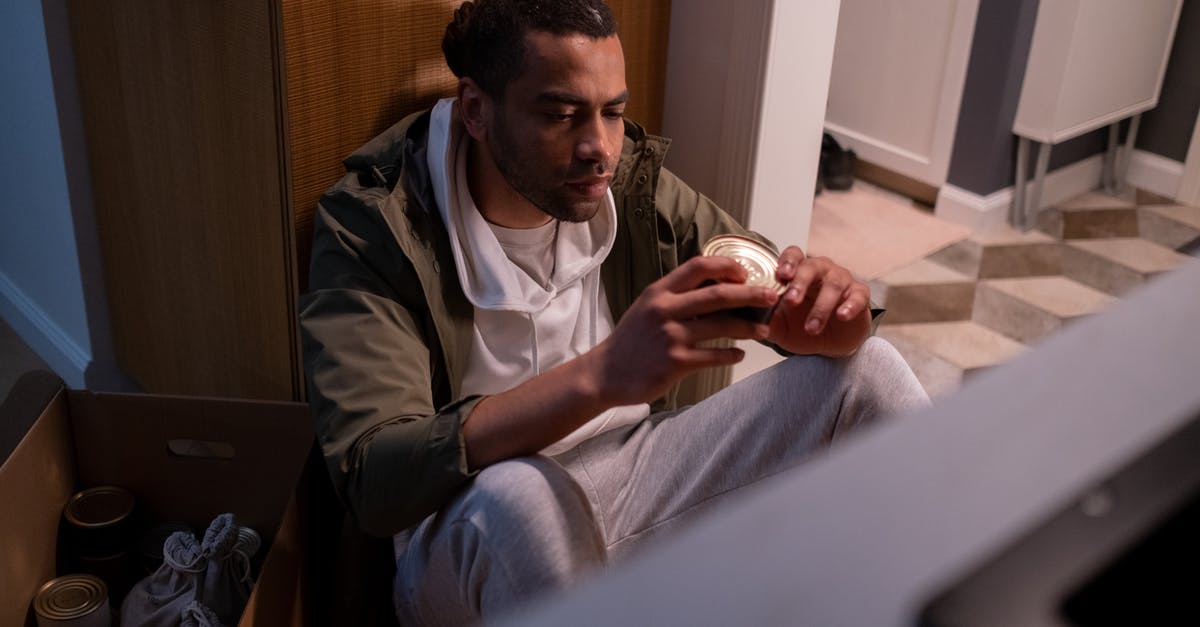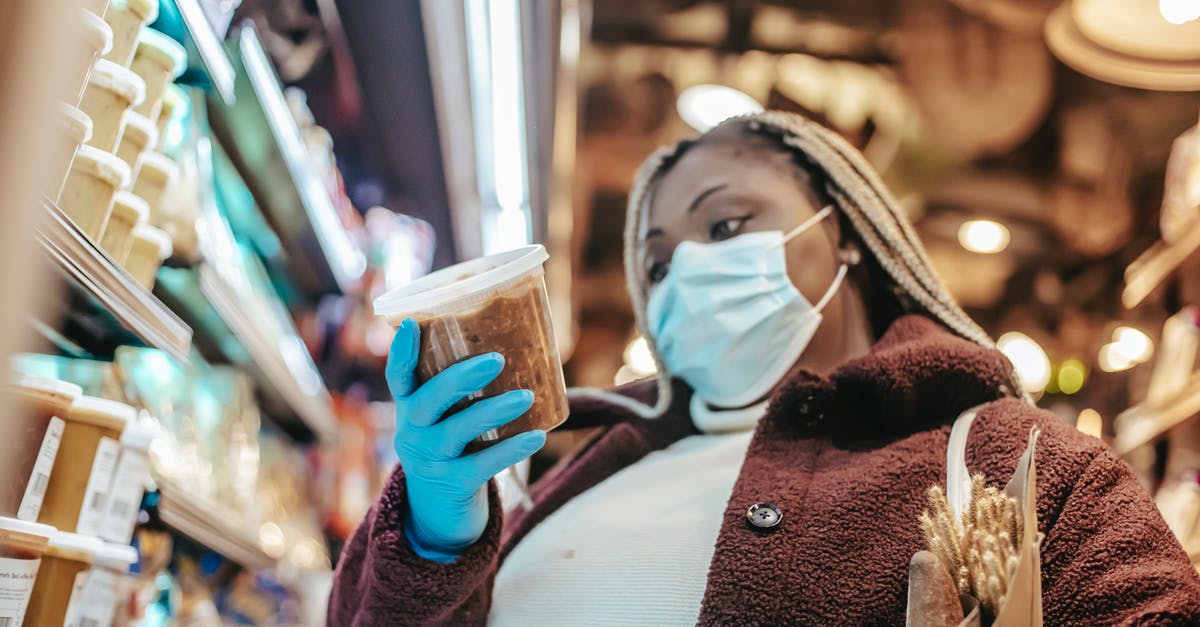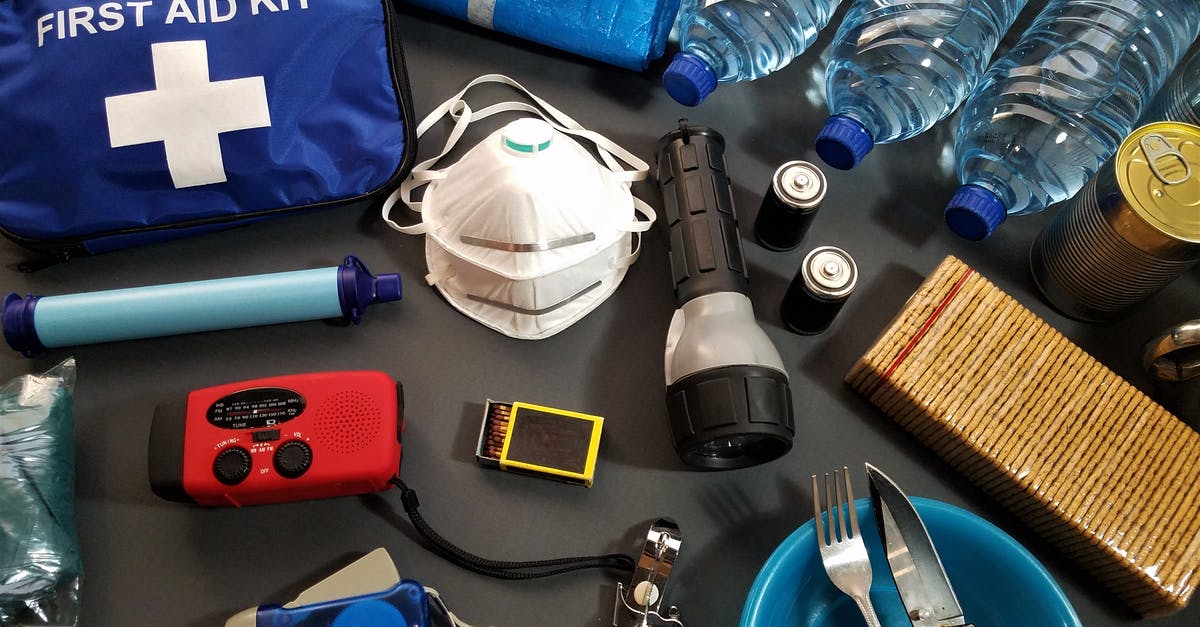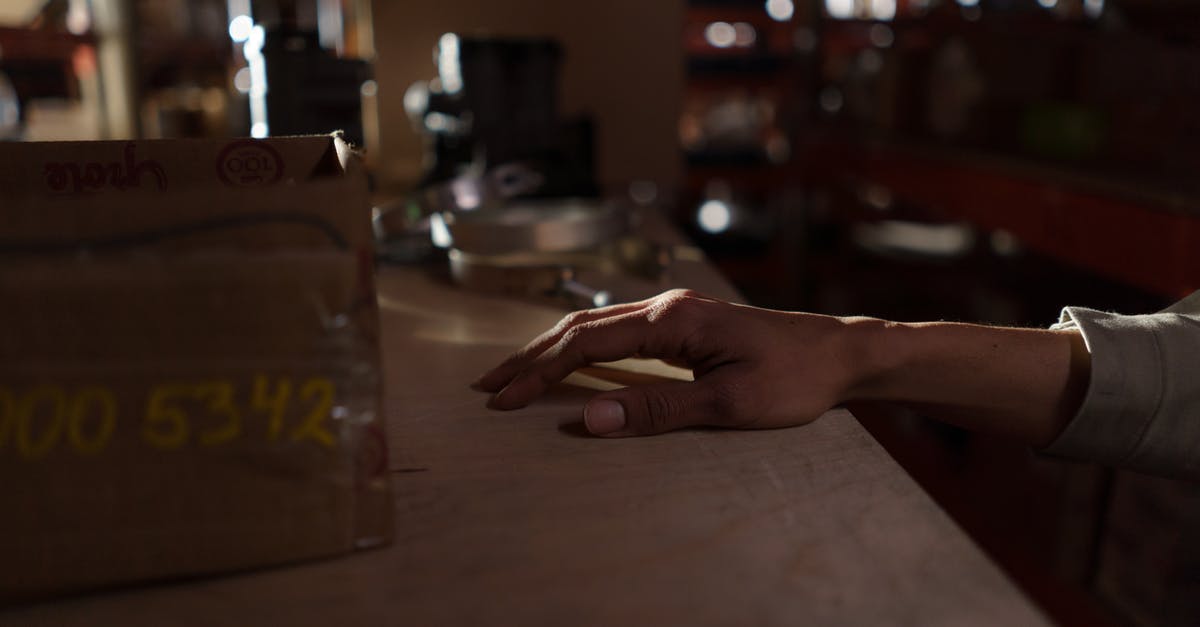Unopened Canned Food in Spare Commercial Fridge - Safety & Storage for Prepping

Our pantry is packed to the hilt, we have food stashed everywhere.... yet with the famine in route we still need more. We have an empty single door commercial fridge in the pole building. I figure we could get 300 16oz cans or better in it.
My thoughts are to set the fridge high (like 60F) and load it down with canned food for long term storage. This would add a nice 90 days to our supply cheaply.
In Ohio, temps in pole barn range -10 to 110.
Thoughts?
Best Answer
If you're talking about commercially canned food, like from the supermarket, then at 60°F [15°C] You've pretty much got until the cans rust.
Practically, no limit. Sensibly, 2 - 5 years.
'Best Before' dates on cans in the UK are typically between 1 & 2 years - but 'best before' is only a guide as to how 'like new' the product will be, with full flavour & texture as designed. It is not a guide as to when it would become unsafe.
I can't think in Fahrenheit, so I hadn't realised how much of a swing -10 to 110 actually is, so the next part doesn't really work anymore, until you get to 'bury it underground'.
I don't think even small temperature fluctuations would affect shelf-life, but as you can control it, I would do, just to be doubly-certain… although if 90 days is going to be your top limit, then I'd probably not even power up the fridge, just keep the door shut. If you think internal temperatures may still exceed the USDA's limits, invest in a high/low [max/min] thermometer.
From comments - if this really is some kind of 'survivalist' thing, then forget the power & bury it deep enough that temperature fluctuations will no longer affect it critically. [I'm only half joking there; if there's no food, what makes you think there's going to be power… once your generator runs dry].
From Wikipedia - Shelf Life
According to the USDA, "canned foods are safe indefinitely as long as they are not exposed to freezing temperatures, or temperatures above 90 °F (32.2° C)". If the cans look okay, they are safe to use. Discard cans that are dented, rusted, or swollen. High-acid canned foods (tomatoes, fruits) will keep their best quality for 12 to 18 months; low-acid canned foods (meats, vegetables) for 2 to 5 years.
Anecdotally, I once opened a can of condensed milk which we estimated had been forgotten in a cupboard at nominally 15-20°C for twenty years. It had solidified to a kind of jelly with huge sugar crystals in it, but smelled just fine & was still roughly the right colour. No, we didn't try eating it to see.
Late Edit:
Since the subject cropped up of fridges condensing & potentially corroding the cans, or additionally keeping the correct temperature at an ambient temperature below that it is supposed to be internally, I decided to look into this.
No fridge is good from -10 to 110°F [-23°C to 43°C]
No fridge is good below the temperature it is supposed to be keeping.
Fridges have Climate Classes, temperature ranges they can operate in.
- SN (Sub Normal) +10°C - +32°C
- N (Normal) +16°C - +32°C
- ST (Sub Tropical) +18°C - +38°C
That's it. That's all there is.
Fridges are designed to be used "indoors" in already climate-controlled conditions, not in the garage nor out in a shed exposed to massive temperature fluctuations.
You might depend on its insulation to hold off a few hours of the extreme at the sun's zenith, or a sharp frost overnight, but you are going to have to put it underground to prevent that massive heat swing from having a seriously deleterious effect long-term.
Pictures about "Unopened Canned Food in Spare Commercial Fridge - Safety & Storage for Prepping"



Can you store unopened canned food in the refrigerator?
It is best to store unopened commercially canned foods in a cool and dry place (such as in a cupboard). Metals can corrode and rust in moist environments. However, you may store them in the refrigerator for a short period of time.How should commercial canned foods be stored?
Store in a cool, clean, dry place where temperatures are below 85 F (between 50-70 F is good) but not freezing temperatures. Rotate foods so the oldest is used first. Try not to keep canned foods more than 1 year. Use canned meats and seafood within 3 years of the date on the package.Is putting canned food in the fridge safe?
And the United States Department of Agriculture states that canned food can be stored in the fridge once opened, so it should be safe to store it in the fridge when closed.How do preppers store canned goods?
Ideal temperatures to store canned goods are 50-70 degrees Fahrenheit. You can store them at colder temperatures, as long as it's not below freezing, but you should be careful to avoid a lot of temperature fluctuation. Between 50 and 70 degrees is pretty safe.How Long Does Canned Food Last? Survival Tip
More answers regarding unopened Canned Food in Spare Commercial Fridge - Safety & Storage for Prepping
Answer 2
While cans will stay good “indefinitely” at average room temperature (as explained in Tetsujin’s answer, +1), I would discourage the idea of placing them in a refrigerator. In a refrigerator, you will often see condensation and the main weakness a metal can has is rust. This shouldn’t be a serious issue with well-manufactured cans, but why take the risk?
Using the refrigerator as storage cupboard is probably perfectly ok and it may even buffer extreme temperatures, but I would save the electricity and leave it off. (Or use it for something else entirely.)
For your cans, find a dry spot in a somewhat temperate room and you will be good to go. If you have to choose between humidity and temperature fluctuations, I’d probably pick the latter, as it will only affect the sensory quality of the food while the former can ultimately lead to spoilage due to damaged cans.
Answer 3
I would say no. A fridge is designed to cool, not heat. So the assumption is that ambient temperature is above the temperature set for the fridge. If the temperature drops to -10 F, then the cans may freeze.
Sources: Stack Exchange - This article follows the attribution requirements of Stack Exchange and is licensed under CC BY-SA 3.0.
Images: Ron Lach, Laura James, Roger Brown, cottonbro
